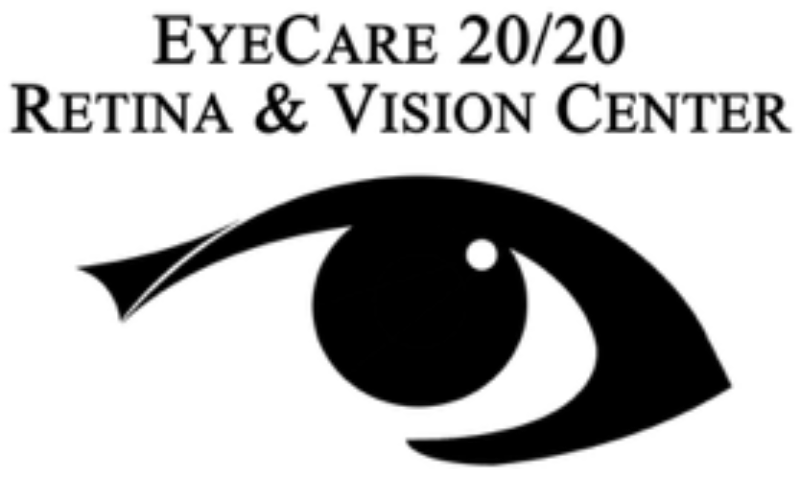LASIK & PRK
LASIK
Average Cost
- $2,500 per eye
Recovery Time
- 1-2 Days
Technique
- With flap
PRK
Average Cost
- $1,800 per eye
Recovery Time
- A few weeks
Technique
- Flapless
The Basics
If you are considering refractive surgery, you’ve probably heard of LASIK, but you may not be familiar with PRK.
LASIK (laser-assisted in situ keratomileusis) and PRK (photo refractive keratectomy) correct common vision problems such as myopia, hyperopia, and astigmatism by reshaping the cornea.
Though PRK came before LASIK, it is still regularly performed today and serves as an alternative for patients who do not qualify for LASIK.
The fundamental difference lies in the way the eye is prepared for surgery…
The Defining Feature: THE FLAP
During PRK, the outer layer of the cornea is removed, whereas during LASIK, a flap is created to access and reshape the underlying tissue.

How do I know which one is right for me?
Explore the Differences BETWEEN LASIK AND PRK:
“When you have LASIK surgery, you are very focused on one thing: seeing better. The good news is that happens almost immediately for the vast majority of LASIK patients. They sit up from having the procedure seeing the world in a whole new way.”
– American Refractive Surgery Council
It’s not all about the differences…
Four Similarities TO CONSIDER
“LASIK complication rate statistics are extremely low. Less than one percent of LASIK patients experience surgical complications.”
– American Refractive Surgery Council
Are previous patients satisfied with the outcome?
Laser Vision Surgery HAS CHANGED THE LIVES OF MILLIONS

There are incredible benefits, but also risks…
Full Transparency THE PROS AND CONS
Need More Time? THERE ARE ALTERNATIVES
Remember, LASIK and PRK are not the only two vision correction options. LASEK is a variation of PRK and LASIK, which combines elements of both. The major difference concerns how the eye is prepared for laser treatment. Some eye doctors also offer orthokeratology, which are contacts you wear at night to reshape your cornea for clear vision during the day. This may be ideal if you are not ready to commit to a more permanent solution.
Choose the Best Procedure for You: DECIDING FACTORS
Though LASIK is a more popular option, many patients are better suited to PRK or are simply not candidates for LASIK. When deciding which option is right for you, you should consider:
- Your vision
- The time it takes to recover
- The precautions you have to take leading up to treatment
- How active you are
- The effects of previous vision-related surgery
Keep in mind that if you have already had vision correction surgery, a secondary procedure carries a higher degree of risk. Your doctor will have to perform a thorough examination to decide the safest, most appropriate procedure for you. Talk to your doctor about your options.

